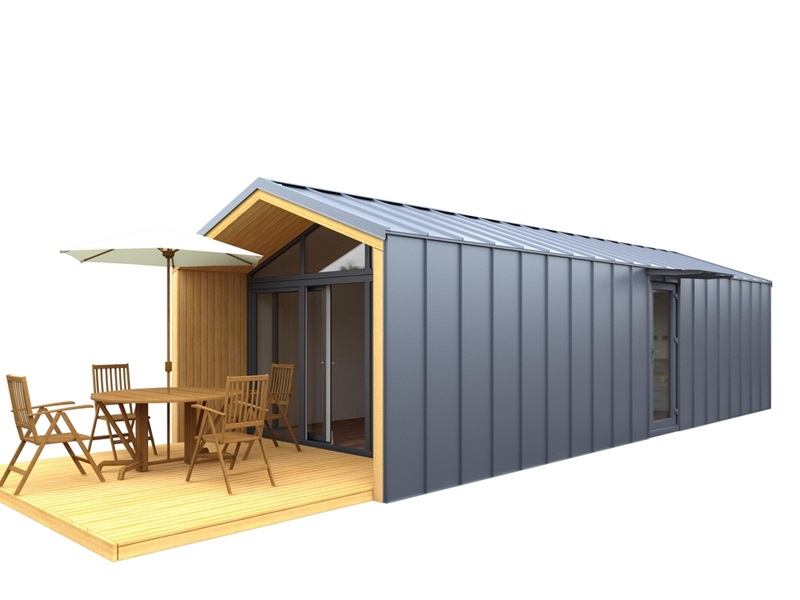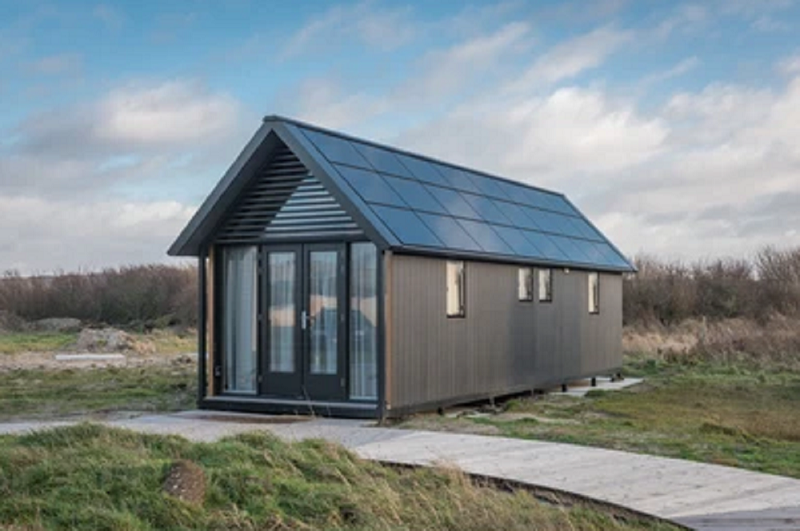Australia’s housing market is notorious for its high costs, which have made it increasingly difficult for many people to find affordable housing. With the rising costs of land, utilities, and construction, the tiny home movement has emerged as a revolutionary solution to these problems. Whether you are looking for a more sustainable way of living, a mobile home that gives you flexibility, or a minimalist lifestyle that reduces costs, tiny homes offer an attractive alternative.
But what does it mean to own a tiny home in Australia? What are the rules and regulations, costs, and benefits associated with tiny home living? In this comprehensive guide, we’ll break down everything you need to know about owning tiny homes across Australia, from construction to zoning laws, and the practicalities of living in a tiny space.
Table of Contents
What Is A Tiny Home?

A tiny home is typically defined as a residential dwelling with a footprint of 50 square meters or less, although some definitions may vary slightly. These homes are usually built on trailers or foundations and can be designed for mobility or stationary living. The tiny home movement emphasizes reducing living space, minimizing personal belongings, and focusing on a sustainable and minimalist lifestyle.
In Australia, tiny homes have become a popular choice for those looking to escape the traditional housing market, offering a more affordable and sustainable way of life. They are designed to include all the essentials—bedrooms, bathrooms, kitchens, and living areas—while making the most of every square meter.
Benefits Of Owning A Tiny Home
Tiny homes offer numerous advantages, making them a popular choice for Australians across the country. Here are some of the key benefits:
1. Affordability
One of the primary reasons people opt for tiny homes is the cost savings. The cost of a traditional home in Australia can be overwhelming, especially for first-time buyers. Tiny homes, on the other hand, are much more affordable to build or buy. This allows homeowners to either reduce their housing costs significantly or eliminate mortgage payments altogether.
In addition, tiny homes have lower utility costs due to their smaller size, making them more energy-efficient. Heating, cooling, and electricity costs are minimized because there is less space to manage, which contributes to lower living expenses in the long run.
2. Sustainability
Tiny homes are inherently more sustainable than traditional houses. With smaller footprints and a focus on energy-efficient materials and systems, tiny homes consume fewer resources and generate less waste. Many tiny homes are built using sustainable or reclaimed materials, which help to reduce their carbon footprint.
Additionally, owners can incorporate eco-friendly features like solar panels, rainwater collection systems, composting toilets, and greywater recycling to make their tiny homes even more self-sufficient and environmentally friendly.
3. Minimalist Lifestyle
Owning a tiny home encourages a minimalist lifestyle by design. With limited space, residents are forced to prioritize what they truly need and eliminate clutter. This shift towards living with less can lead to a more fulfilling, stress-free life where people focus more on experiences than possessions.
For those looking to downsize, a tiny home is an excellent way to simplify their living situation and embrace a more decluttered and intentional way of life.
4. Mobility and Flexibility
Many tiny homes are built on trailers, allowing for mobility. This gives homeowners the flexibility to relocate whenever they choose, offering the possibility of living in different parts of the country without the need for selling a traditional home.
For those seeking adventure or wishing to travel while maintaining a base, a mobile tiny home offers the best of both worlds—home comfort and travel freedom.
5. Reduced Environmental Impact
Tiny homes generally have a smaller environmental footprint compared to traditional homes. With their smaller size, they require fewer resources for construction, less energy for heating and cooling, and less water for daily use. This makes tiny homes an appealing option for individuals who are conscious of their environmental impact and want to live more sustainably.
Challenges Of Owning A Tiny Home

While owning a tiny home comes with numerous benefits, it’s not without its challenges. It’s important to understand both sides before diving into tiny home ownership.
1. Zoning and Legal Issues
One of the biggest hurdles in owning a tiny home in Australia is navigating local zoning laws and regulations. Each state and territory in Australia has its own rules regarding tiny homes, and regulations can vary significantly depending on where you plan to live.
In some areas, zoning laws may prohibit tiny homes from being used as permanent residences, while others may require that tiny homes meet certain building standards. For example, tiny homes built on trailers might be considered “mobile homes” and subject to different regulations compared to homes built on foundations.
Before committing to a tiny home, it’s essential to check the local council’s regulations regarding building codes, land use, and approval processes. Some councils may allow tiny homes on private land, while others may require a special permit or zoning change.
2. Space Limitations
Living in a tiny home means embracing a compact lifestyle. While this can be liberating for some, it can also feel cramped or restrictive for others. The small living space can be particularly challenging for families, as it requires careful planning and organization to maximize space effectively.
Additionally, tiny homes generally do not offer the same amount of storage as a traditional home, so downsizing your belongings is a must. Living in a small space also requires a mindset shift, as it’s essential to embrace simplicity and minimize possessions.
3. Financing and Insurance
Financing a tiny home can be more difficult than securing a loan for a traditional house. Many banks and lending institutions have strict requirements for mortgage approvals, and because tiny homes are often considered unconventional, obtaining a loan may be more complicated.
Furthermore, insuring a tiny home can be challenging. Traditional homeowners insurance may not cover tiny homes, especially if they are built on trailers or used as mobile residences. Some insurers offer specialized tiny home insurance, but this may come at a higher cost than standard home insurance policies.
4. Limited Amenities
Tiny homes, while efficient, often require creative use of space. For some people, the smaller size means sacrificing certain amenities or adjusting their lifestyle to accommodate the limited space. For example, some tiny homes may not have full-sized kitchens or bathrooms, and residents may need to adjust to more compact appliances.
If you’re accustomed to a traditional home with ample space and modern amenities, living in a tiny home may require a period of adjustment.
Conclusion
Owning a tiny home in Australia offers an exciting and sustainable alternative to traditional housing. Whether you’re looking to downsize, reduce your environmental impact, or embrace a minimalist lifestyle, tiny homes provide a practical solution that doesn’t compromise on comfort or style.
However, before taking the plunge, it’s essential to carefully consider factors such as zoning laws, design preferences, energy efficiency, and long-term costs. By doing your research and planning ahead, you can enjoy the benefits of tiny home living and create a space that suits your lifestyle and values.
